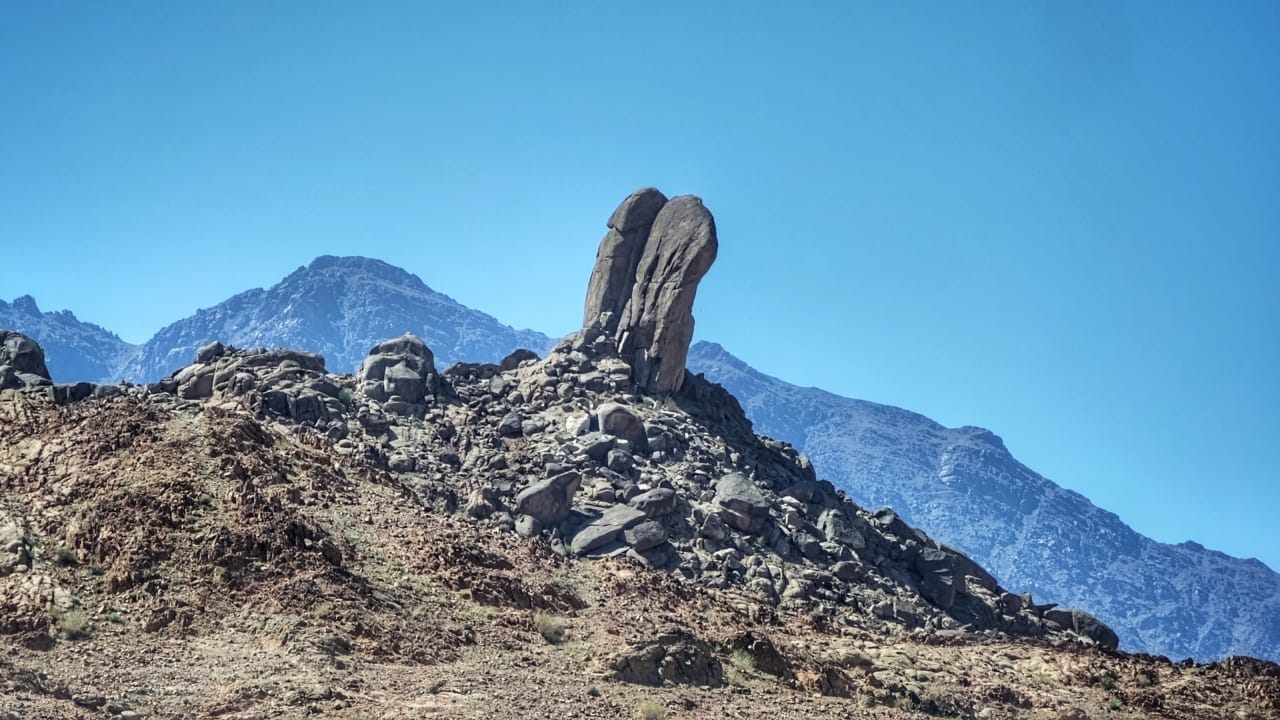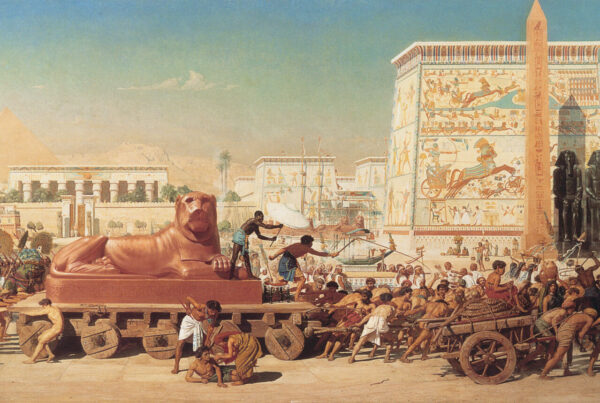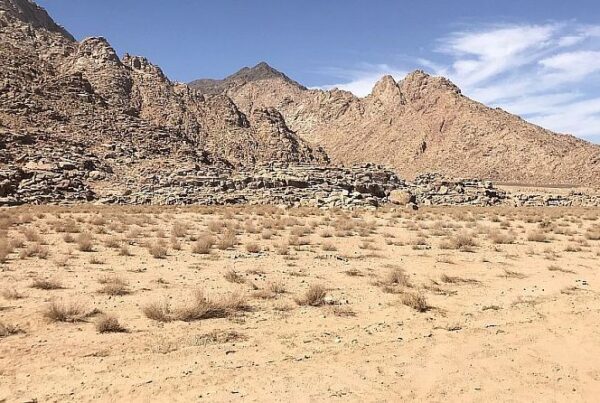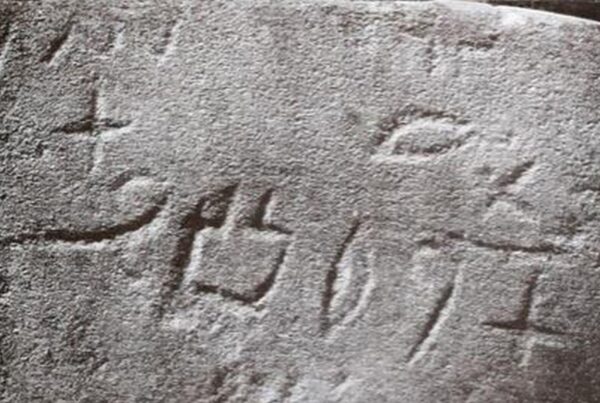This summary is based on observations made during a journey exploring sites associated with the biblical accounts of the Exodus, focusing on a location identified as the true Mount Sinai.
The journey encompassed several key areas described in scripture, beginning near Elilum, where the children of Israel arrived after the waters of the Red Sea returned, drowning Pharaoh’s pursuing army.
At Horeb, the split rock was observed, where Moses struck the stone, causing water to pour out into the valley. The flaking structure of this massive rock has been noted as appearing different from typical rain erosion. This location is also symbolically linked to Jesus as the “living water”.
Near the foot of the mountain, physical evidence relating to biblical events was discussed. German archaeologists reportedly found ash and animal bones at the site of the altar Moses built, confirming it as an area where animal sacrifice and atonement were made. In this region, the Lord’s name, Yahweh Nissi (The Lord is our banner), was revealed during the battle where Joshua and the Israelites fought Amalecch.
Tragically, the area also bore witness to idolatry; the Israelites fashioned a golden calf from gold gathered from Egypt. Engravings of bulls, reflecting the Egyptian god Hathor, were seen around the altar. A mass burial ground has been confirmed by archaeologists nearby, linked to the 3,000 men who fell after refusing to repent for the golden calf incident.
The journey also referenced the mountain itself, where Moses, Aaron, his sons, and 70 elders met and ate before God, symbolizing communion. Moses subsequently ascended alone, staying for 40 days and 40 nights. The glory of the Lord settled on Mount Sinai, appearing to the Israelites like a consuming fire. During this time, Moses received revelation, including an understanding of the brevity of human life.
Further evidence supporting this location as the authentic Mount Sinai includes a cave where Elijah hid and was met by God, not in the powerful wind, earthquake, or fire, but in a gentle whisper.
These physical accounts underscore the holiness of God. The source material concludes by reflecting on the theological significance of the events, noting that the requirement for the remission of sins is the shedding of blood. This is fulfilled by Jesus, who died for sins, allowing believers to receive salvation by grace through faith.




